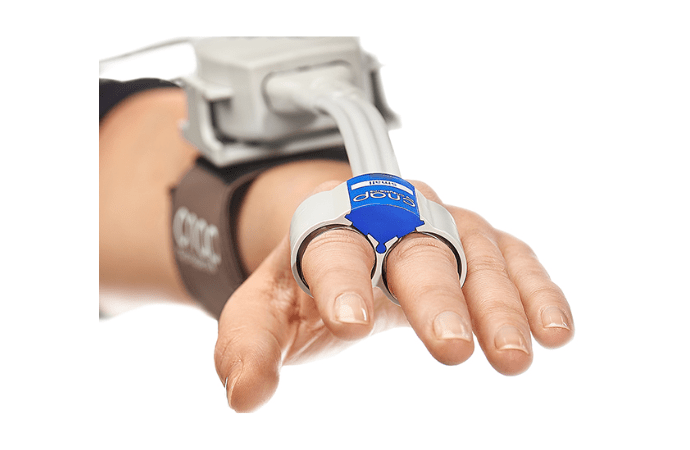Non-Invasive Technologies for Continuous Hemodynamic Monitoring in...
- ICU
- 17/05/2024
Non-Invasive Technologies for Continuous Hemodynamic Monitoring in Clinical Use are on the Rise
READ MORE
Non-Invasive Technologies for Continuous Hemodynamic Monitoring in Clinical Use are on the Rise
READ MOREPatient monitoring in the ICU is critical for providing high-quality medical care. Monitoring involves continuous surveillance of physiological parameters to assess patient condition and detect signs of deterioration promptly. This includes monitoring vital signs such as blood pressure, heart rate, respiratory rate, and body temperature; continuous...
READ MOREPain is defined as an unpleasant sensory and emotional experience. Among patients admitted to the Intensive Care Unit (ICU), severe untreated pain is associated with an increase in mortality, length of hospital stays and worsening in everyday quality of life after hospital discharge. Pain in critically ill patients is more difficult to monitor...
READ MOREDyspnoea is among the worst suffering that a human being can experience. Because mechanically ventilated patients are strongly exposed to high dyspnoea intensity, it is important that clinicians monitor dyspnoea in this population. Relieving dyspnoea in patients is a human right. Suffocating, not getting enough air or the feeling...
READ MOREWe discuss the economic and environmental advantages of green pulse wave analysis (PWA) techniques and the integration of PWA algorithms into standard bedside monitors that will likely contribute to democratisation of perioperative cardiac output monitoring. Haemodynamic instability frequently manifests during the perioperative course...
READ MOREAn analysis of technical alarms to guide hospital-based alarm management strategies and inform monitoring manufacturers on needed improvements to technical alarm algorithms used in bedside ECG monitors. Introduction Hospital-based electrocardiographic (ECG) monitors are configured to alarm for a number of different types of arrhythmias,...
READ MOREHaemodynamic instability and shock are a potential everyday challenge for intensivists and anaesthesiologists. Understanding the underlying cause is pivotal for an appropriate and successful treatment. Systolic motion of the anterior mitral valve leaflet towards the left ventricular outflow tract (SAM) is a possible insidious mechanism of low...
READ MOREEvery hospital can contribute to adequate lung donation. Learning and understanding the management of potential donors will allow them to receive proper care and be referred to save a life. Introduction Organ transplants are, in many cases, the only therapeutic option for patients with terminal diseases in different organs (Westphal...
READ MOREMAY 19-22 NTI 2024 AACN - American Association Critical Care Nurses Denver, U.S.A https://iii.hm/1pzb 23 – 26 61st ERA Congress 2024 Stockholm, Sweden & Virtual https://iii.hm/1pzc 25-27 Euroanaesthesia 2024 Munich, Germany https://iii.hm/1pzd 29-31 35th Smart Meeting Anesthesia Resuscitation Intensive...
READ MOREAthina Nasoufidou Second Department of Cardiology Aristotle University of Thessaloniki Hippokration General Hospital Thessaloniki, Greece A systematic review investigating landiolol's efficacy in non-septic or post-operated SVT patients with concomitant left ventricular dysfunction. Managing Supraventricular Tachyarrhythmias...
READ MORE